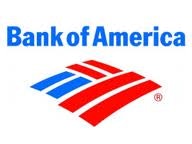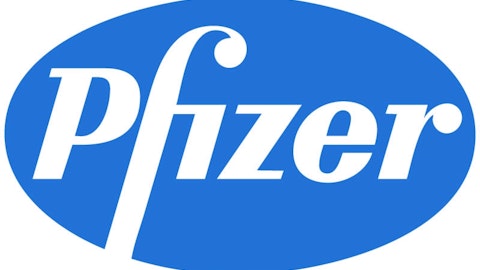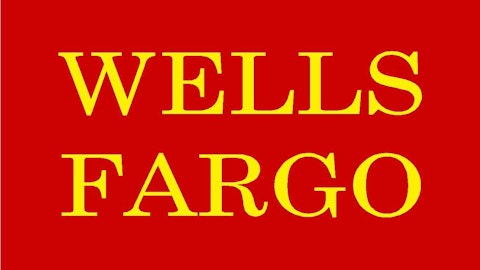
Well, at least in the cases of Bank of America Corp (NYSE:BAC), Wells Fargo & Co (NYSE:WFC) and JPMorgan Chase & Co. (NYSE:JPM) the answer is a qualified yes. Their fundamentals – the numbers behind the stratospheric figures attached to their financial activities – are for the most part reassuring if not totally stellar.
Hefty dividends and impressive price/book ratios
In selecting stocks, value investors scrutinize, among other things, the size of a company dividend. They feel confident if it is at least two-thirds the interest rate on an AAA bond; 10-year U.S. treasury bonds now return approximately 2.45%.
The dividends offered by JPMorgan Chase & Co. (NYSE:JPM) (2.3%), Bank of America Corp (NYSE:BAC) (2.1%) and Wells Fargo & Co (NYSE:WFC) (2.1%) far surpass this (two-thirds) standard when calculated as a five year average. In fact, their dividends might represent one of the major selling points that any of these three banks enjoy.
In determining its book value, the depreciation a company has accumulated is subtracted from its net asset value. Comparing a firm’s book value to its market value (its price/book ratio) can help to determine if it is overpriced. Value investors become confident when a business’ price/book value does not exceed one. This ratio is taken as being an indication it is not oversold and might even be ready for a bounce as regards its stock price.
Bank of America Corp (NYSE:BAC) has a price/book value that goes beyond that high standard: .74. And JPMorgan Chase & Co. (NYSE:JPM) has posted a figure, 1.08, which does not miss that mark by much. Only Wells Fargo & Co (NYSE:WFC)’s price/book ratio of 1.58 might raise a few eyebrows. However, looking a bit harder at some of its fundamentals, it becomes clear that these numbers might not be as concerning as they first appear.
Its forward trailing P/E ratio for the year ending on Dec. 31, 2014 is projected to be only 11.1, hardly an indication that it is seriously oversold. This figure is less than the average P/E ratio for widely based S&P 500: 15.49.
Beta: a fundamental open to interpretation
A stock’s beta measures its volatility relative to that of other stocks. If its beta is 1.00 that stock is volatile to the same degree as is the market as a whole. Any stock whose beta is lower than 1, meanwhile, fluctuates less than the market does, while stocks with betas above 1.00 are more volatile than the market is. If a stock’s beta is, for example, 1.80, it is 80% more volatile than the market.
It could be argued Bank of America Corp (NYSE:BAC) (1.92) or JPMorgan Chase & Co. (NYSE:JPM) (1.80) might make wise choices because their betas are relatively high, allowing for upward swings.




